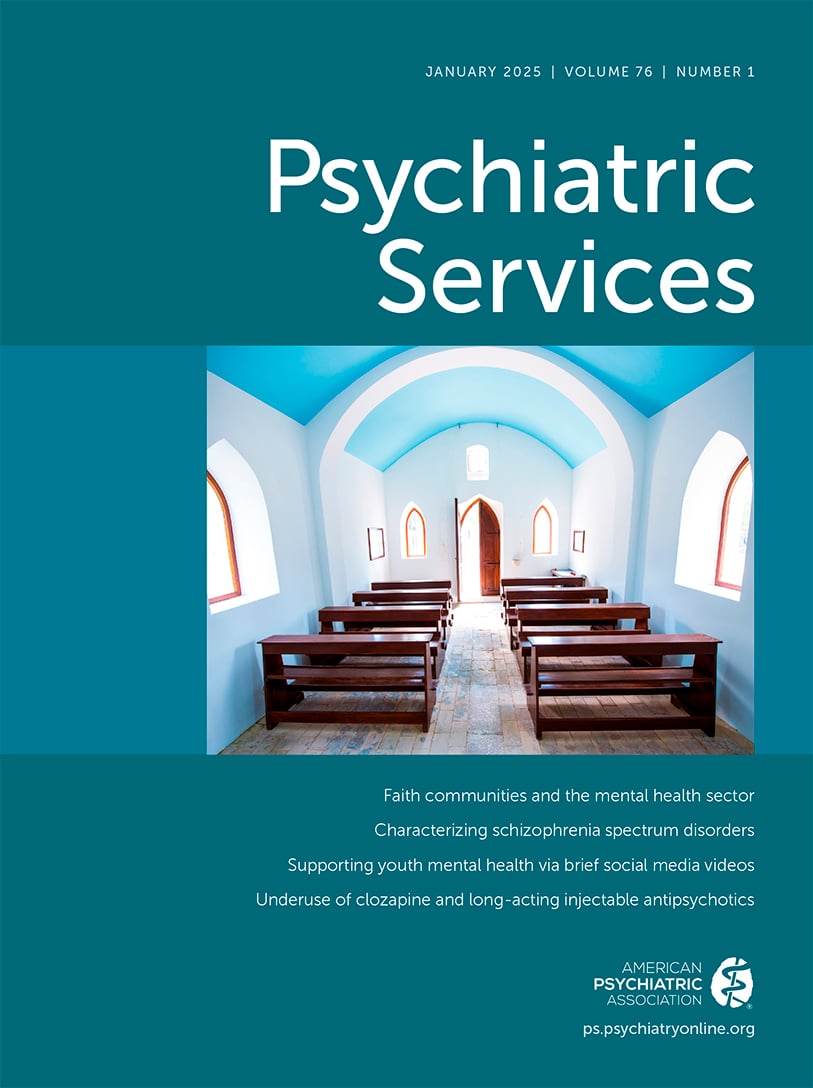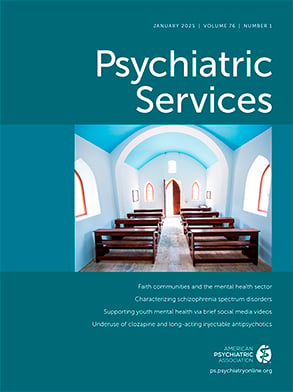Racial-Ethnic Differences in Lack of Treatment Among Care-Seeking People With Substance Use Disorders
| Reason | Total (weighted %) | Non-Hispanic White (weighted %) | Non-Hispanic Black (weighted %) | Hispanic (weighted %)b | Other (weighted %)c |
|---|---|---|---|---|---|
| You thought you should have been able to handle your alcohol or drug use on your own. | 77.8 | 79.2d | 91.1d | 70.6 | 68.4 |
| You were not ready to start treatment. | 57.8 | 60.6d | 66.2d | 56.3 | 29.3 |
| You did not know how or where to get treatment. | 50.5 | 38.5 | 58.2d | 76.6d | 44.0 |
| You thought it would cost too much. | 50.1 | 51.1d | 49.9 | 49.6 | 44.7 |
| You were not ready to stop or cut back using alcohol or drugs. | 48.6 | 53.8d | 34.5 | 52.4d | 24.5 |
| You were worried about what people would think or say if you got treatment. | 44.8 | 54.9d | 26.3 | 40.3 | 17.3 |
| You did not have health insurance coverage for alcohol or drug use treatment. | 43.5 | 42.7 | 47.9d | 49.0d | 25.2 |
| You didn’t have enough time for treatment. | 43.4 | 40.7 | 49.8d | 48.6d | 36.0 |
| You thought that if people knew you were in treatment bad things would happen, like losing your job, home, or children. | 39.9 | 37.7 | 44.0d | 49.5d | 20.6 |
| Your health insurance would not pay enough of the costs for treatment. | 37.8 | 33.8 | 49.0d | 43.8d | 25.2 |
| You could not find a treatment program or health care professional you wanted to go to. | 37.0 | 28.1 | 41.6d | 53.8d | 41.0d |
| You were worried that your information would not be kept private. | 36.3 | 39.6d | 29.9 | 34.5 | 29.0 |
| You didn’t think treatment would help you. | 28.8 | 26.7 | 34.3d | 25.6 | 43.5d |
| You thought you would be forced to stay in rehab or treatment against your will. | 26.7 | 23.5 | 38.5d | 29.3d | 22.2 |
| You had problems with things like transportation, child care, or getting appointments at times that worked for you. | 24.8 | 21.8 | 34.3d | 28.4d | 19.9 |
| You thought no one would care if you got better. | 19.9 | 19.6 | 7.3 | 30.5d | 10.5 |
| You thought your family, friends, or religious group wouldn’t like it if you got treatment. | 19.0 | 19.6d | 15.0 | 21.0d | 14.8 |
| There were no openings in the treatment program or with the health care professional you wanted to go to. | 13.5 | 12.4 | 16.5d | 16.3d | 7.4 |
References
Information & Authors
Information
Published In
History
Authors
Competing Interests
Funding Information
Metrics & Citations
Metrics
Citations
Export Citations
If you have the appropriate software installed, you can download article citation data to the citation manager of your choice. Simply select your manager software from the list below and click Download.
For more information or tips please see 'Downloading to a citation manager' in the Help menu.
View Options
View options
PDF/EPUB
View PDF/EPUBLogin options
Already a subscriber? Access your subscription through your login credentials or your institution for full access to this article.
Personal login Institutional Login Open Athens loginNot a subscriber?
PsychiatryOnline subscription options offer access to the DSM-5-TR® library, books, journals, CME, and patient resources. This all-in-one virtual library provides psychiatrists and mental health professionals with key resources for diagnosis, treatment, research, and professional development.
Need more help? PsychiatryOnline Customer Service may be reached by emailing [email protected] or by calling 800-368-5777 (in the U.S.) or 703-907-7322 (outside the U.S.).

